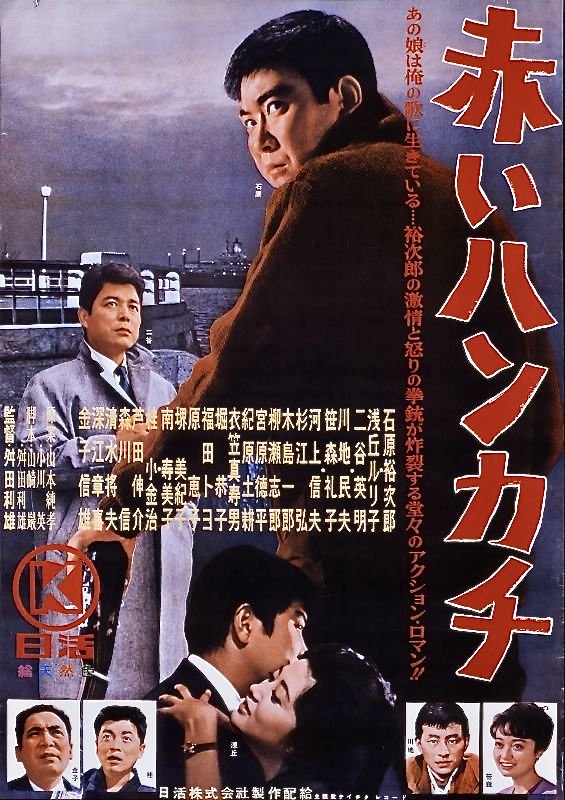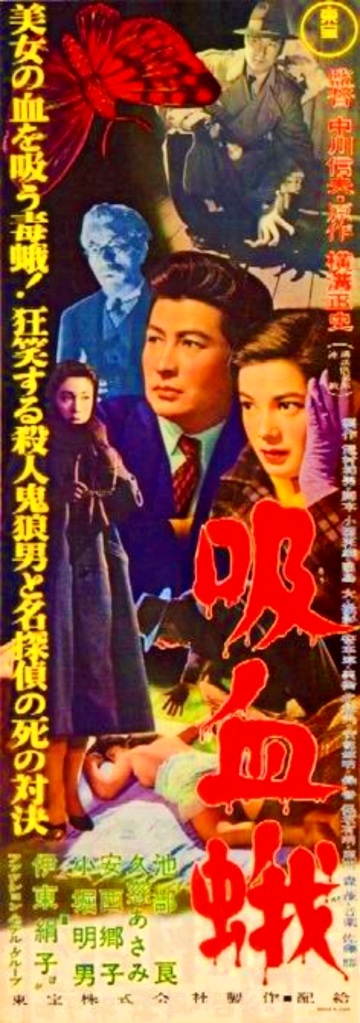Spanish director Eugenio Martin is not a name familiar to the average American moviegoer but for fans of European genre films, he has developed a cult following over the years, thanks to the release on DVD and Blu-ray of some of his better known titles. Among these are the fast-paced, enormously entertaining sci-fi/horror/train disaster hybrid Horror Express (1970) with Christopher Lee, Peter Cushing and Telly Savalas, the giallo The Fourth Victim (1971) starring Carroll Baker, and A Candle for the Devil aka It Happened at Nightmare Inn (1973) in which two religious fanatic sisters are behind a series of murders. Martin also helmed several entrees in the Spaghetti Western genre such as The Ugly Ones (1966), Requiem for a Gringo (1968) and Bad Man’s River (1971) featuring Lee Van Cleef, James Mason and Gina Lollobrigida but some of his efforts defy easy categorization like Aquella Casa en las Afueras (English title: The House on the Outskirts, 1980), which is like a woman-in-peril melodrama crossed with an “old dark house” thriller. Throw in some unspoken but implied social commentary on women’s birthrights and you have a rather unique film from post-Franco Spain.
Continue readingTag Archives: The Third Man
The Vampire Moth
There are a number of classic Japanese horror/fantasy films from the fifties and sixties that genre fans in the U.S. have read about but never seen due to their unavailability on DVD or Blu-ray. In recent years a few of these have appeared in domestic release versions such as Nobuo Nakagawa’s 1960 allegorical masterpiece Jigoku (released by The Criterion Collection), in which a hit-and-run driver literally goes to hell, and the director’s 1968 supernatural tale Snake Woman’s Curse (released by Synapse Films). Many of the most famous examples of Japanese fantasy/horror from this period, however, still remain elusive for American viewers unless you own an all-region DVD/Blu-ray player and are willing to purchase import discs from Japan, often with no English subtitles. It is also true that many of these classic genre efforts were directed by Nakagawa who is famous for supernatural chillers as The Ghosts of Kasane Swamp (1957), Black Cat Mansion (1958), and The Ghost of Yotsuya (1959). But I have to admit that one of the director’s creepiest and least seen films is Kyuketsu-ga (English title: The Vampire Moth, 1956), which combines mystery thriller tropes with grotesque horror elements to achieve a delightfully macabre brew.

Good Cop, Bad Cop

Among the major film studios in Japan, Nikkatsu is generally regarded as the oldest but it almost didn’t survive the post-WW2 years after shutting down production in 1942. When it relaunched in 1954, audience tastes had changed and so had the moviegoing public, which was younger and hungry for films that reflected the problems, attitudes and pop culture of their generation. As a result, the studio began to churn out different kinds of films – yakuza and cop thrillers, youth rebellion dramas and frenetic comedies/musicals – that were partially inspired by American genre films and the rise of rebel icons like James Dean and Elvis Presley. Often categorized as “Nikkatsu Action Cinema,” these films experienced a surge of popularity in the late 50s as such directors as Seijun Suzuki, Shohei Imamura, Koreyoshi Kurahara and Toshio Masuda emerged as the most creative filmmakers at Nikkatsu during the post-war new wave. Masuda, in particular, was one of the most commercially successful filmmakers at the studio and helped actor Yujiro Ishihara achieve major stardom after their first collaboration Rusty Knife (1958), a gritty crime drama about a volatile street tough who crosses the mob. They went on to make 25 features together but, curiously enough, one of their most successful films, Akai Hankachi (Red Handkerchief, 1964), is almost forgotten and difficult to see outside of Japan.
Continue readingThe Harmonious Sounds of Franco De Gemini
You might not know the name but you have probably heard his music and the unmistakable sound of his harmonica on countless Italian film scores. The plaintive wail of his instrument on Once Upon a Time in the West (1968) was used as a musical motif for Charles Bronson’s avenging angel, who was identified simply as “the man with the harmonica” in Sergio Leone’s landmark film. Yet that nickname really belongs to Franco De Gemini who has brought his distinctive sound from the background to the foreground in more than 800 movie scores in his lifetime. His talent for expressing conflicting emotions through his music in both minimalist and operatic arrangements is this composer’s secret weapon.
Continue reading


